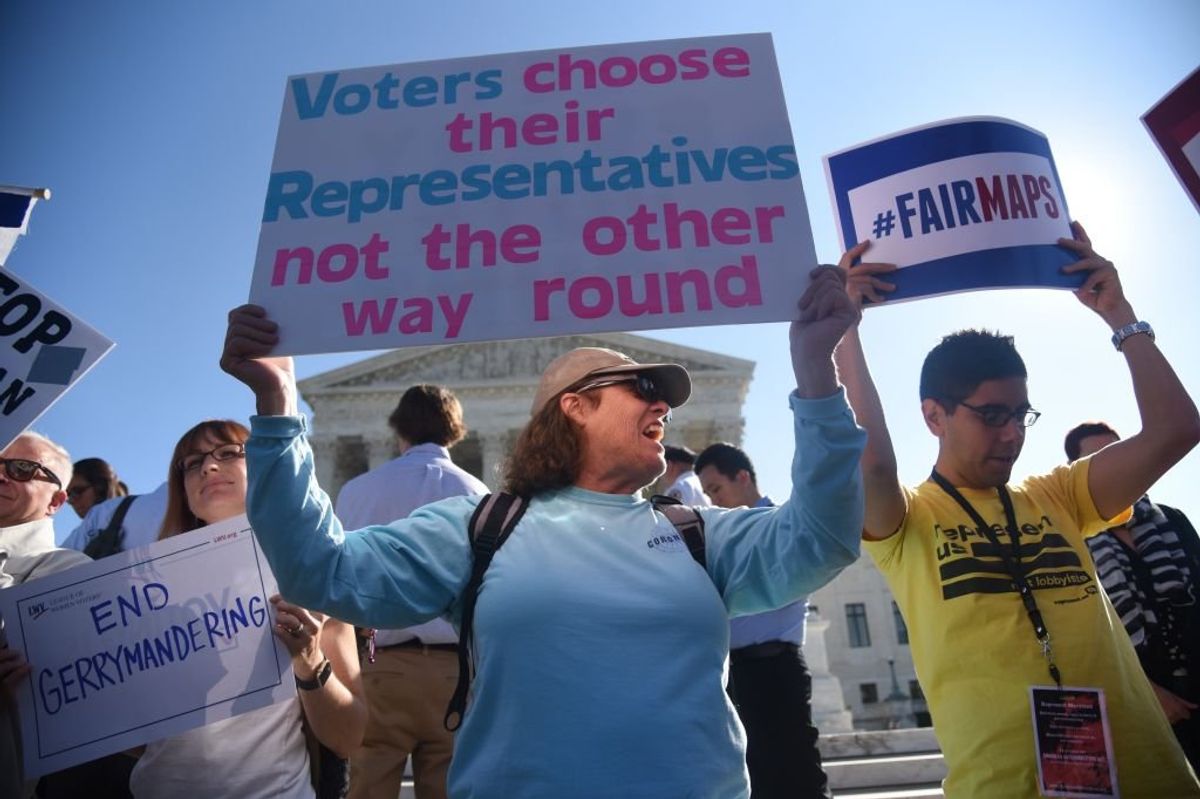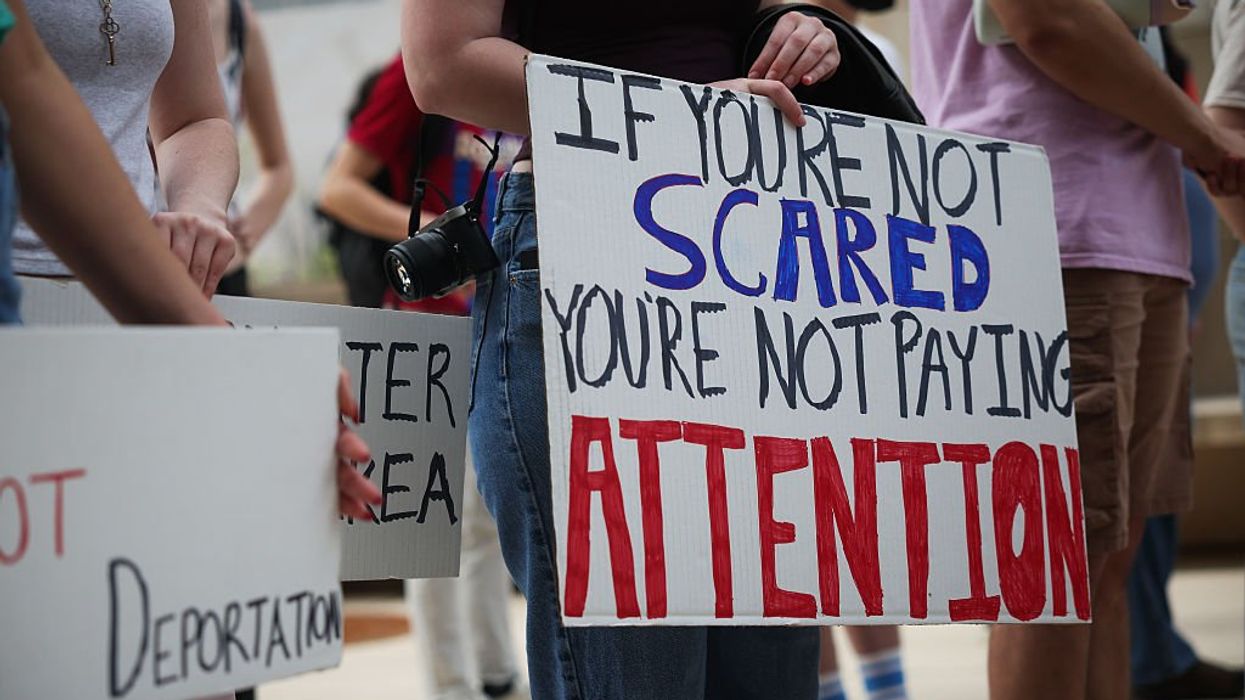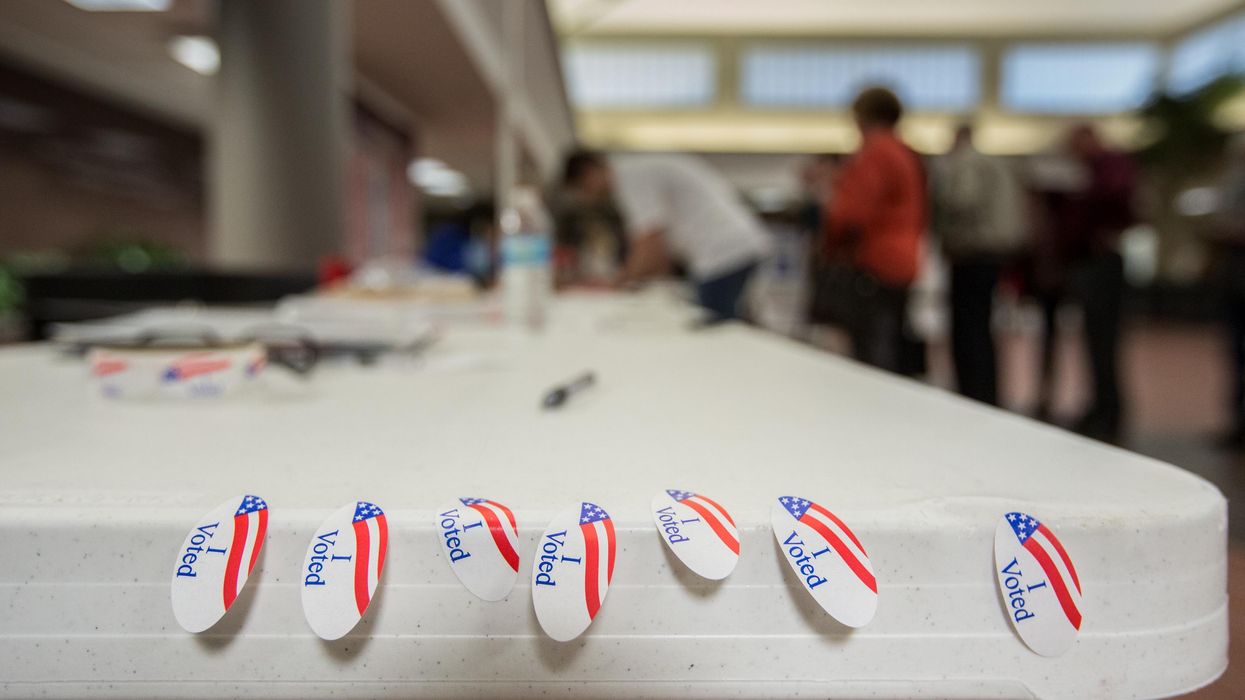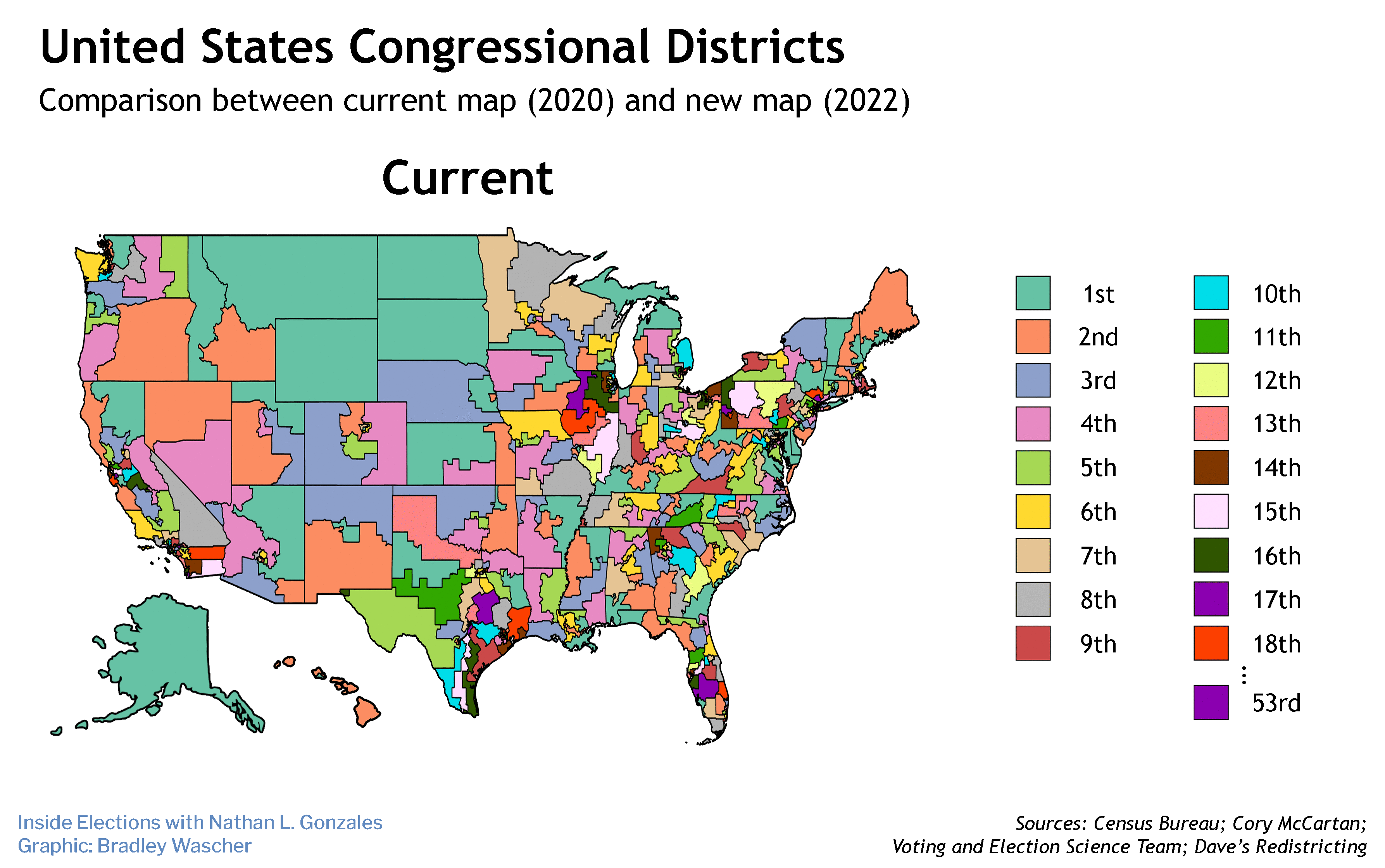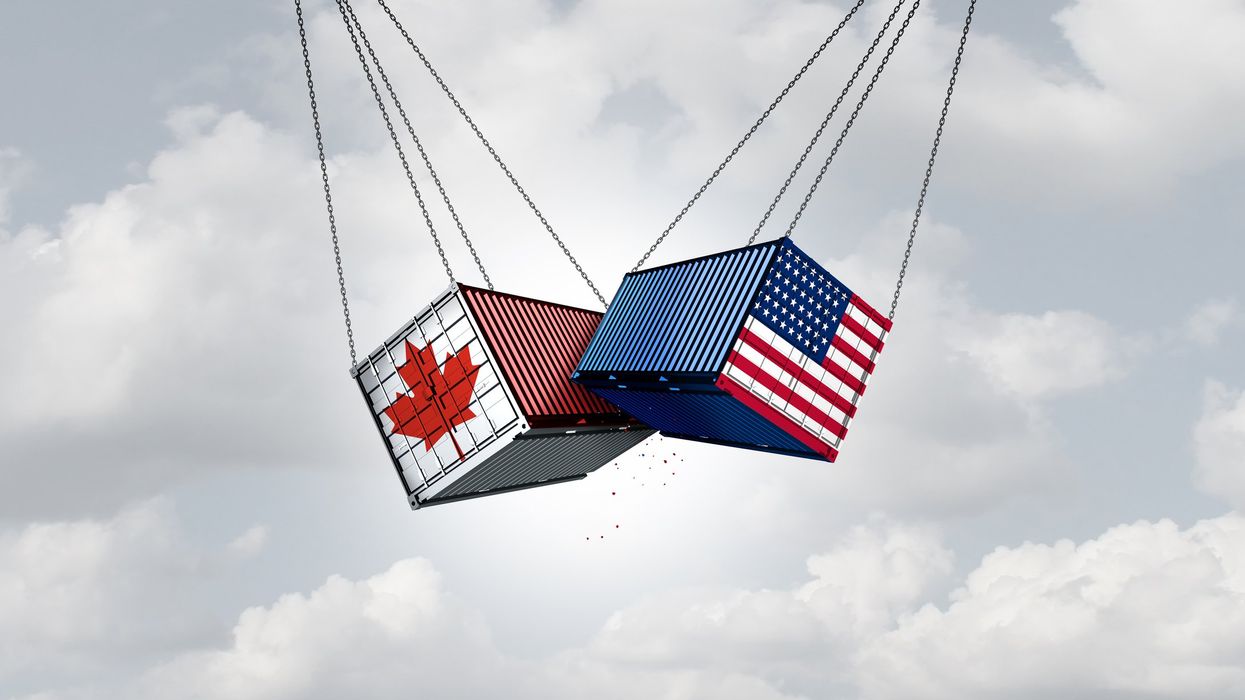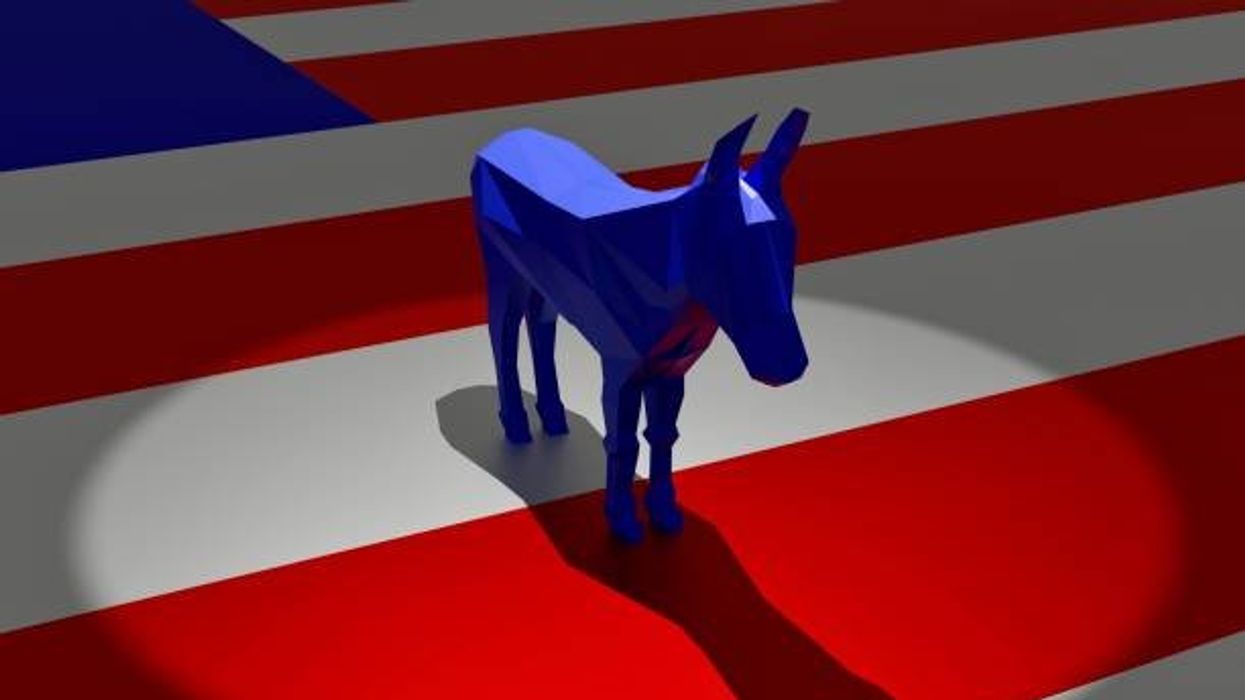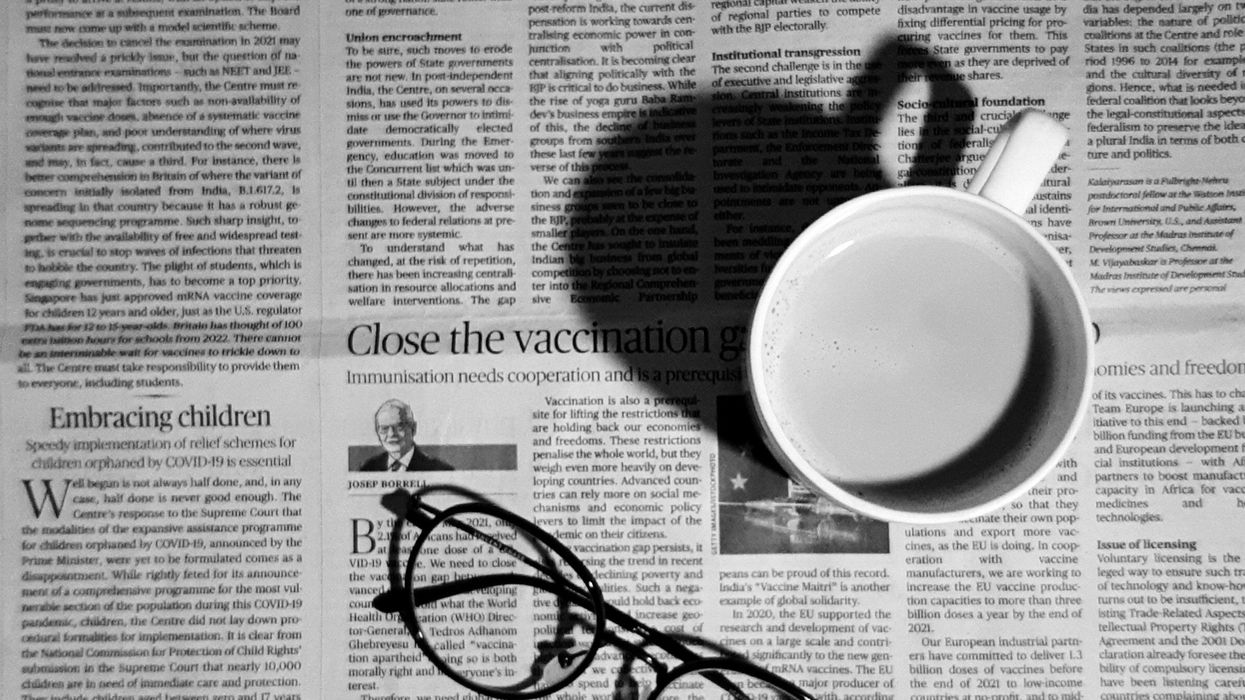Molineaux is co-publisher of The Fulcrum and president/CEO of the Bridge Alliance Education Fund.
Much of our day-to-day lives is spent protecting ourselves and loved ones from the negative influence or impacts of others. And another portion of our lives is spent trying to make a positive difference in our own life and the lives of others. If we are fortunate, we may be able to extend our positive influence to our community, nation and the world.
To be human is to live in the exchange of influence and impact.
Vehemently disagree with someone? They have influenced you. The impact may be to further entrench you in your own ideas. Or it may be to open your heart and mind to new ideas. Either way, influence has happened.
As Russia’s war in Ukraine dominates the headlines, many of my friends have turned away from the news, feeling an array of emotions that include anxiety, rage, anger, guilt and helplessness. Other friends watching intently via news channels and social media are witnessing the horrors of war. Some are experiencing trauma remotely, or reliving their own similar events.
Recently, I was listening to a woman who is “incandescently angered” by the gaslighting happening in Russia. She experienced a similar tragedy as a Serbian refugee from the former Yugoslavia. At 15, she made it to the U.S. with her family. Her grandmother stayed behind, believing in the propaganda of the regime that Serbia was fighting Nazis, dying with this belief. We know there were atrocities being committed by the Serbs because of these lies. But her grandmother’s beliefs were captured by the influence and impact of propaganda.
This is the source of her rage: how reasonable people can be fooled by propaganda delivered through the media as “news.” We are witnessing the same propaganda being used to motivate Russians to be brutal to their Ukrainian neighbors. The woman journalist who held up a sign behind a news anchor/reader in Russia used her position of influence to break through the delusion of Russian propaganda that the military is fighting Nazis in Ukraine.
Closer to home, many personal friends in the U.S. believe that our mainstream media is corporate propaganda, since six corporations own 90 percent of our media outlets. This has led to the proliferation of citizen journalists and propagandists who can have equal time on the internet. And once an audience is developed, it has influence in ways that impact us all. We only need to remember our feelings of shock and horror (or support) on Jan. 6, 2021, when people influenced by disinformation stormed the Capitol to disrupt our election.
Stories, real or fictional, influence our thinking and impact our lives. Propaganda (fictional stories) is a tool of dictators, manipulators and con artists. It works because we (all of us) want to believe it. We need a better way to verify facts rather than believing our friends or random people on the internet.
Our recent question on “Your Take” asked about journalistic objectivity as a standard. The majority of responses noted that objectivity for humans is impossible. A little bias will always slip in, you told us. I agree. Our bias is always at play. Perhaps we need to closely examine our bias when watching any news to more clearly understand our willingness to believe one story and disbelieve another. This would help our critical thinking to discern fact from fiction.
“We should not expect individuals to produce good, open-minded, truth-seeking reasoning, particularly when self-interest or reputational concerns are in play. But if you put individuals together in the right way, such that some individuals can use their reasoning powers to disconfirm the claims of others, and all individuals feel some common bond or shared fate that allows them to interact civilly, you can create a group that ends up producing good reasoning as an emergent property of the social system. This is why it’s so important to have intellectual and ideological diversity within any group or institution whose goal is to find truth (such as an intelligence agency or a community of scientists) or to produce good public policy (such as a legislature or advisory board).” -Jonathan Haidt
For example, many people are turning away from corporate-owned news; they are more willing to believe a person on the ground, reporting from the scene, regardless of journalistic ethics being followed or not. This bias is based in a belief that good reporting cannot come from a corporation without a pro-corporate bias. So they dismiss corporate media outlets, en masse, as untrustworthy. I would ask people with anti-corporate bias to identify the biases of the citizen journalists and livestreamers. Are the biases declared transparently? Or covered in broad statements like, “I’m just telling you the facts, you decide what they mean.” This is a linguistic tool used by many propagandists when they take something out of context to make a point, which would demonstrate their bias.
For my friends who dismiss every citizen journalist, I would ask them to consider the stories not being covered by mainstream (and corporate-owned) media. While there is financial support and a code of ethics mainstream journalists follow, I’ve also witnessed that each day, the cable news channels seem to pick a theme, which they cover relentlessly. Why would they not cover other stories? Repetition is another tool of propagandists; it crowds out other worthy news stories, trivializing them by non-attention. This is why so many Americans have been surprised by the Black Lives Matter movement.
We cannot help but influence and impact one another. It is my hope that we start to examine our own biases and so we may be better informed of exactly what that means in our day-to-day lives.



